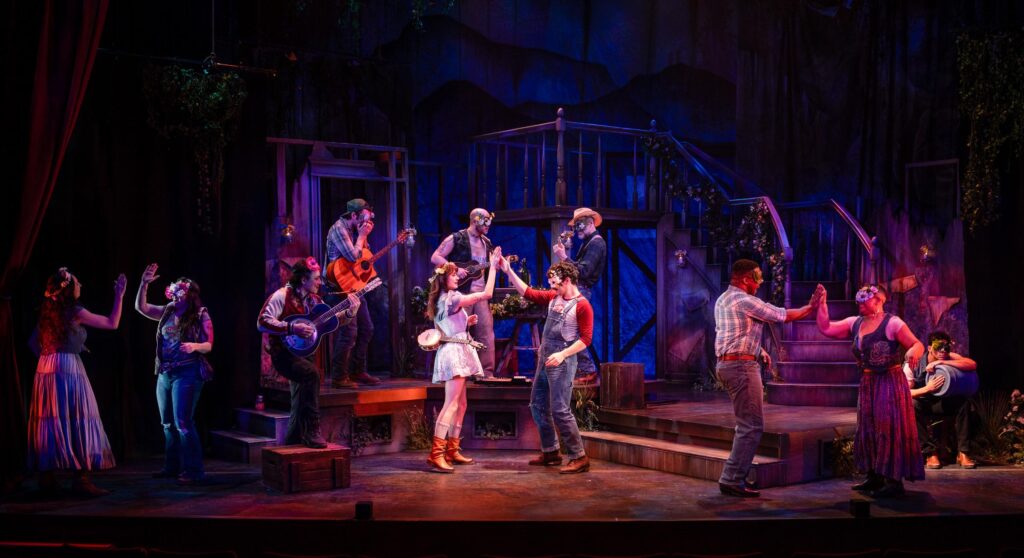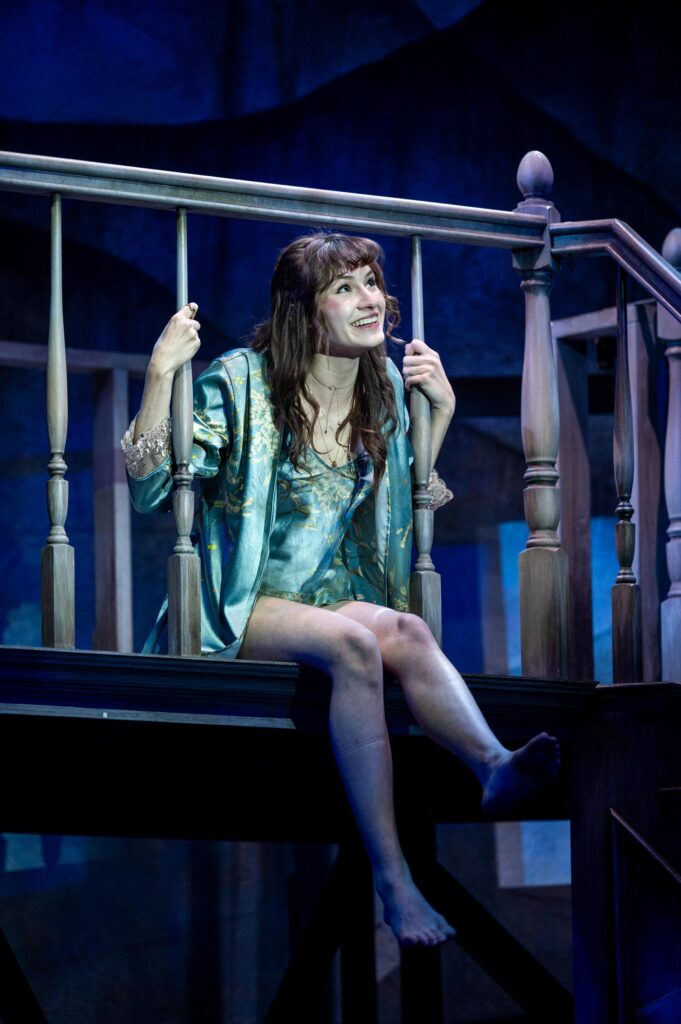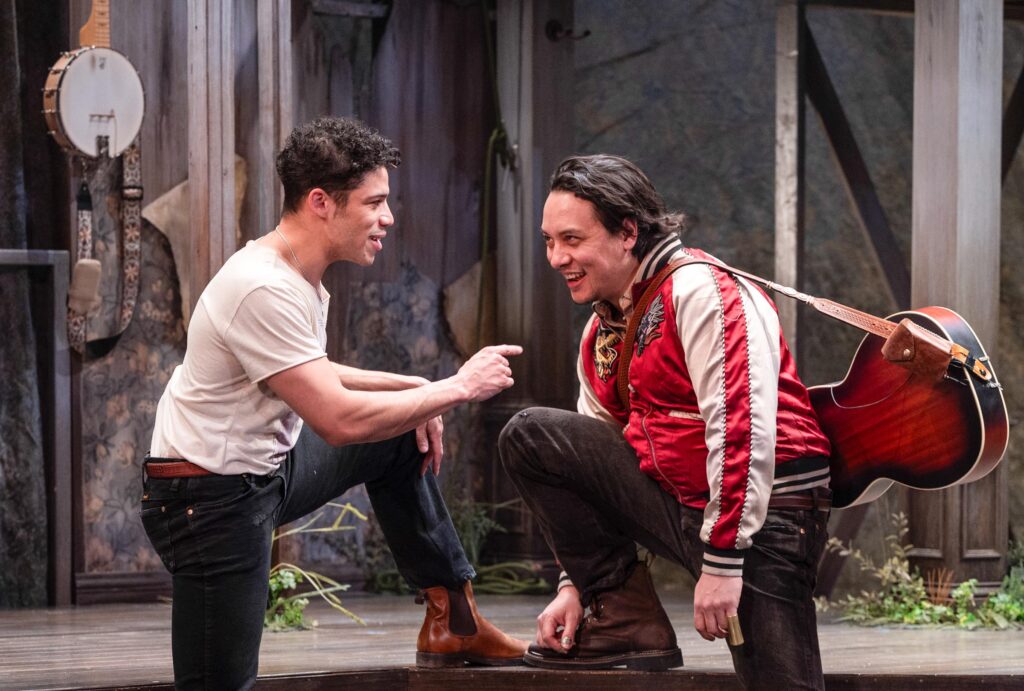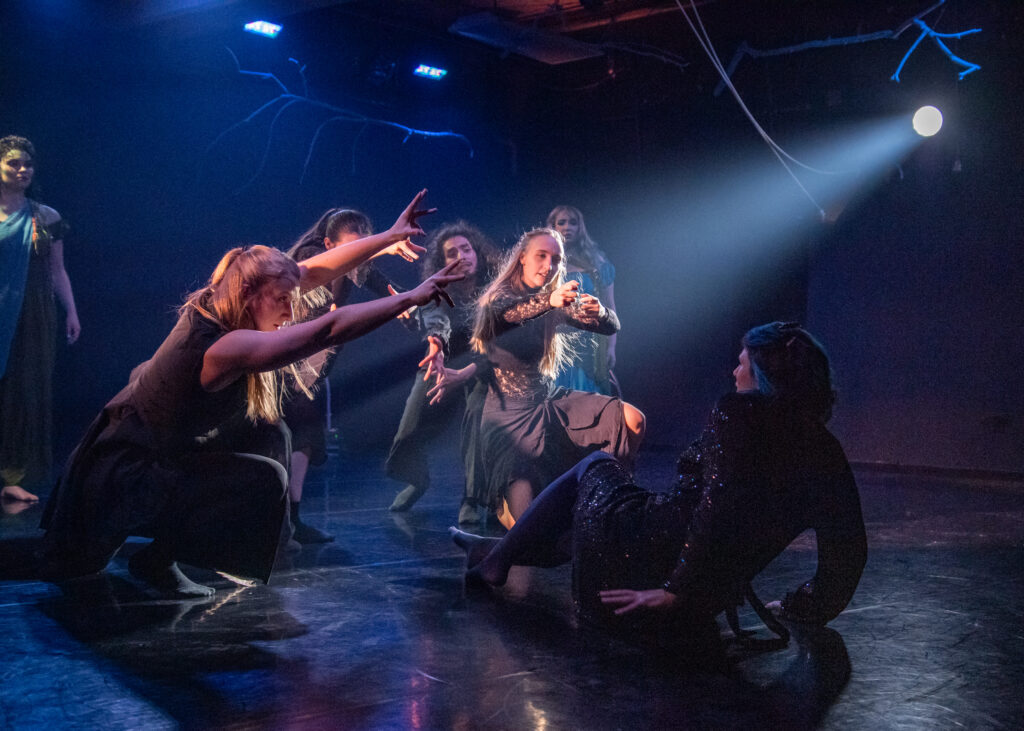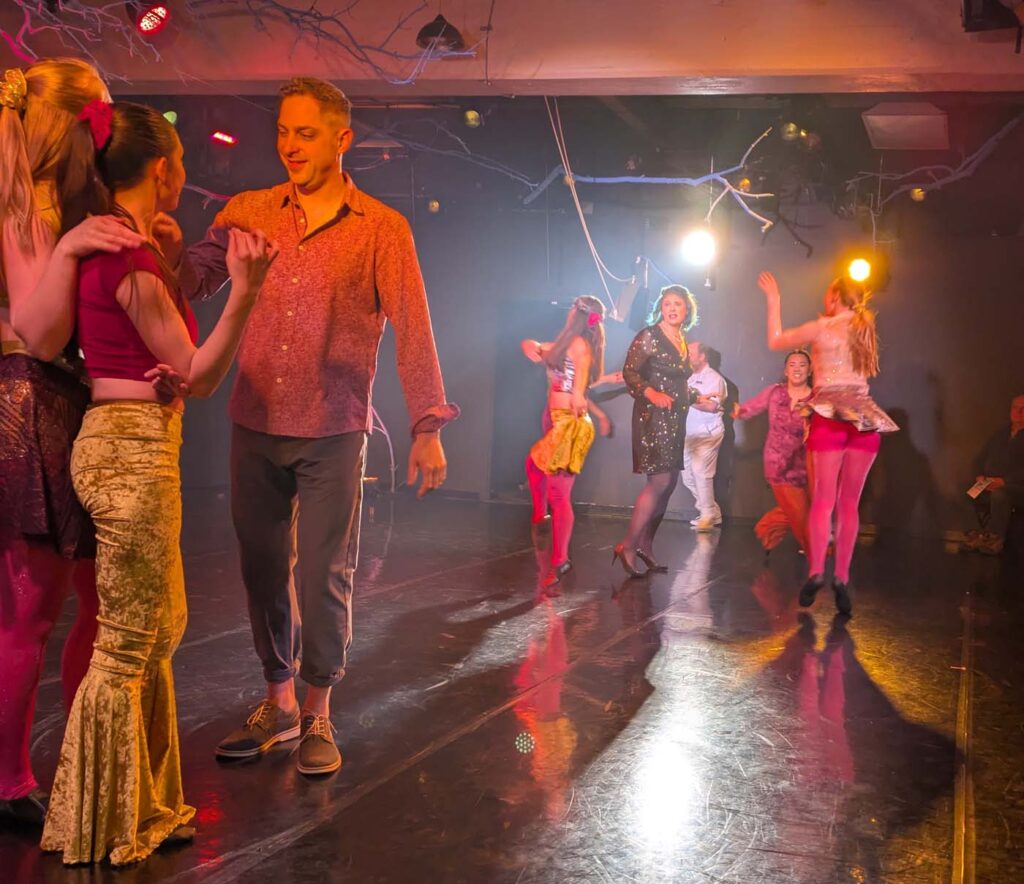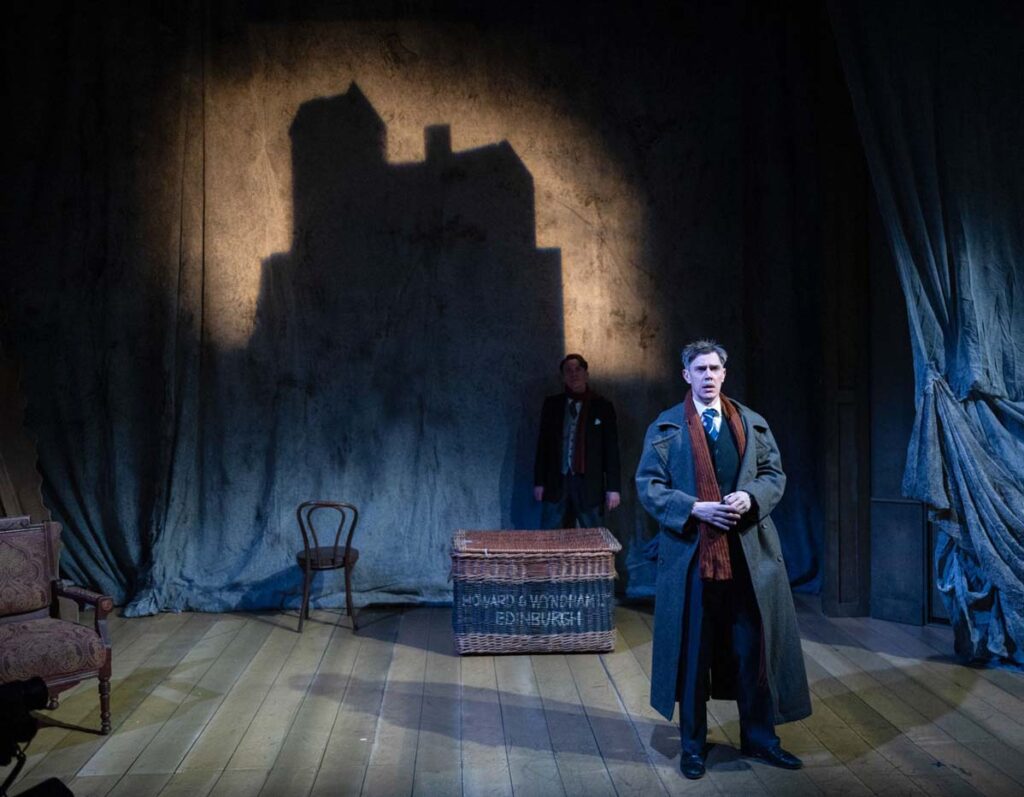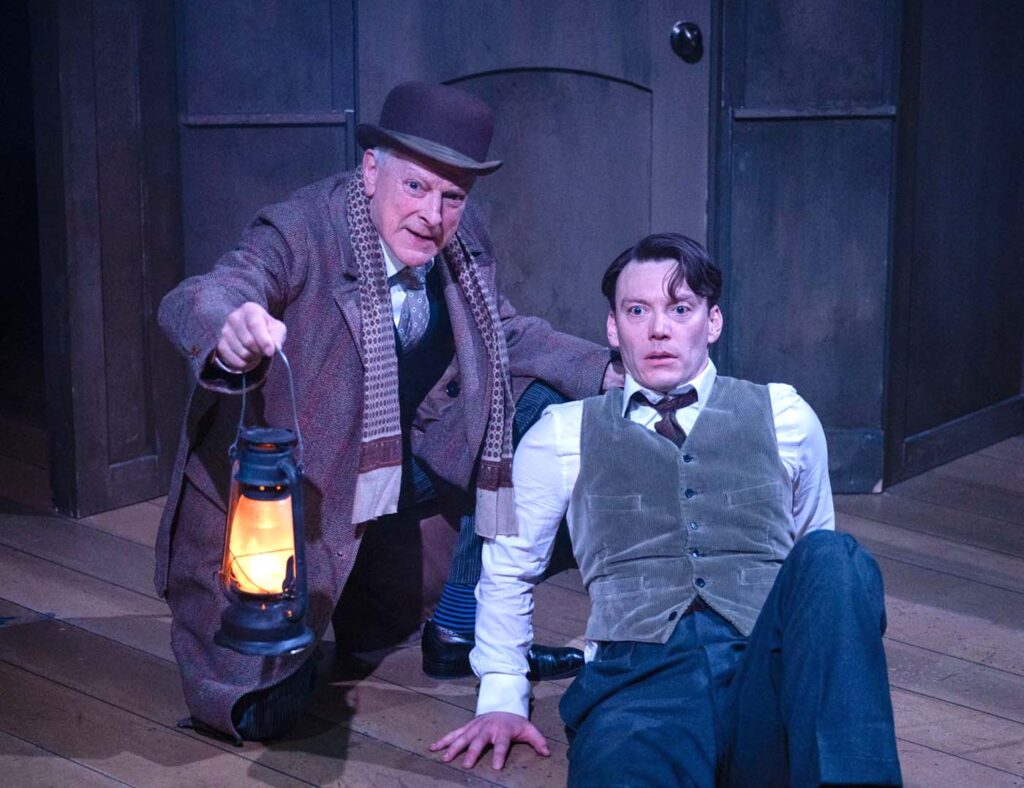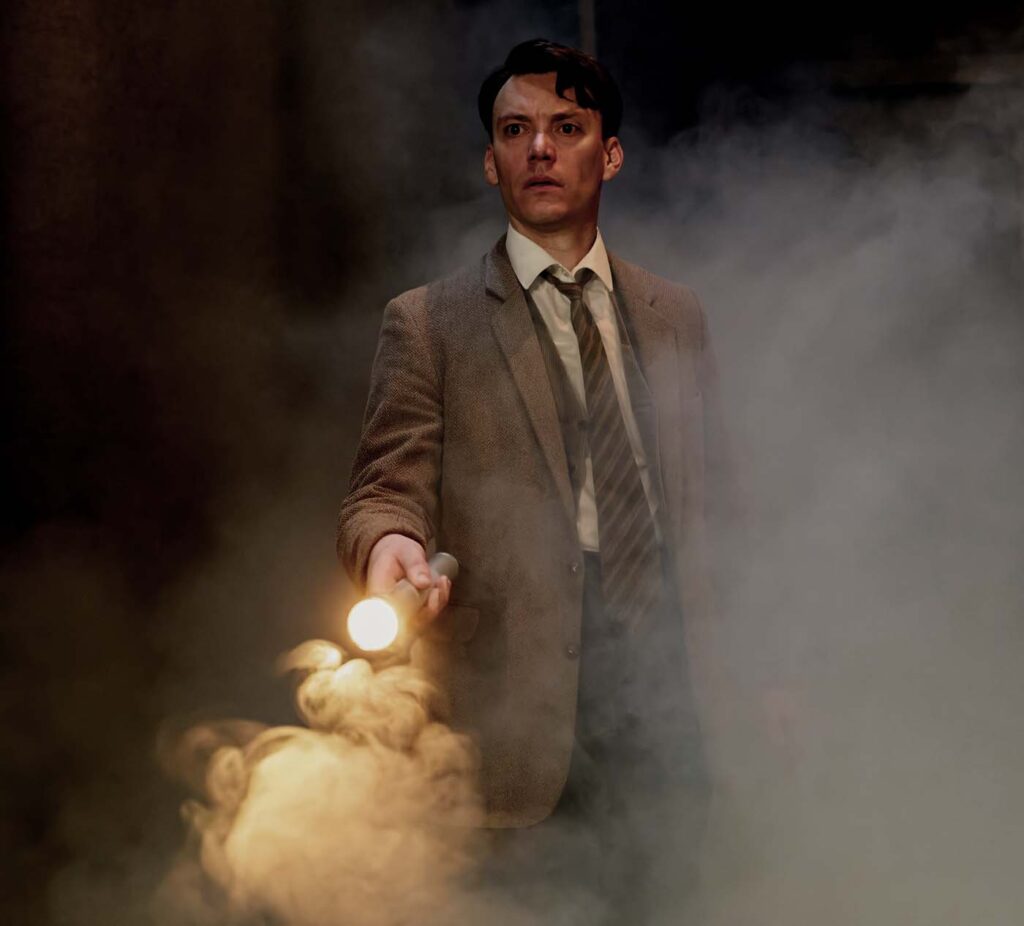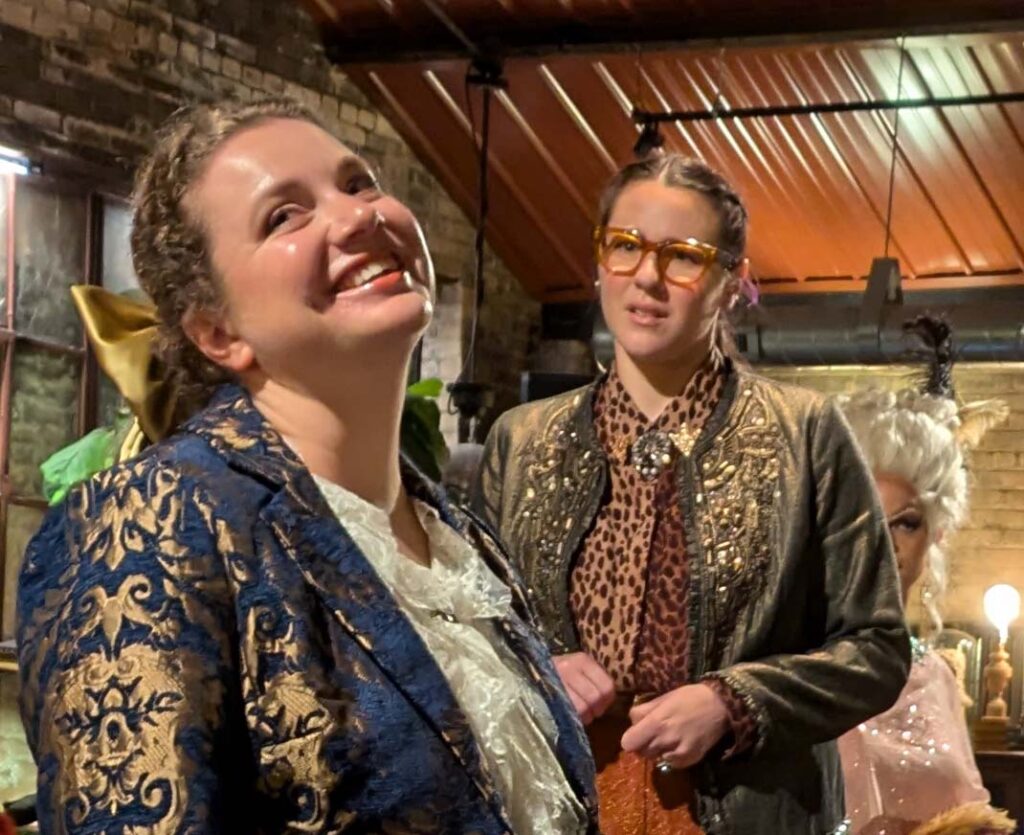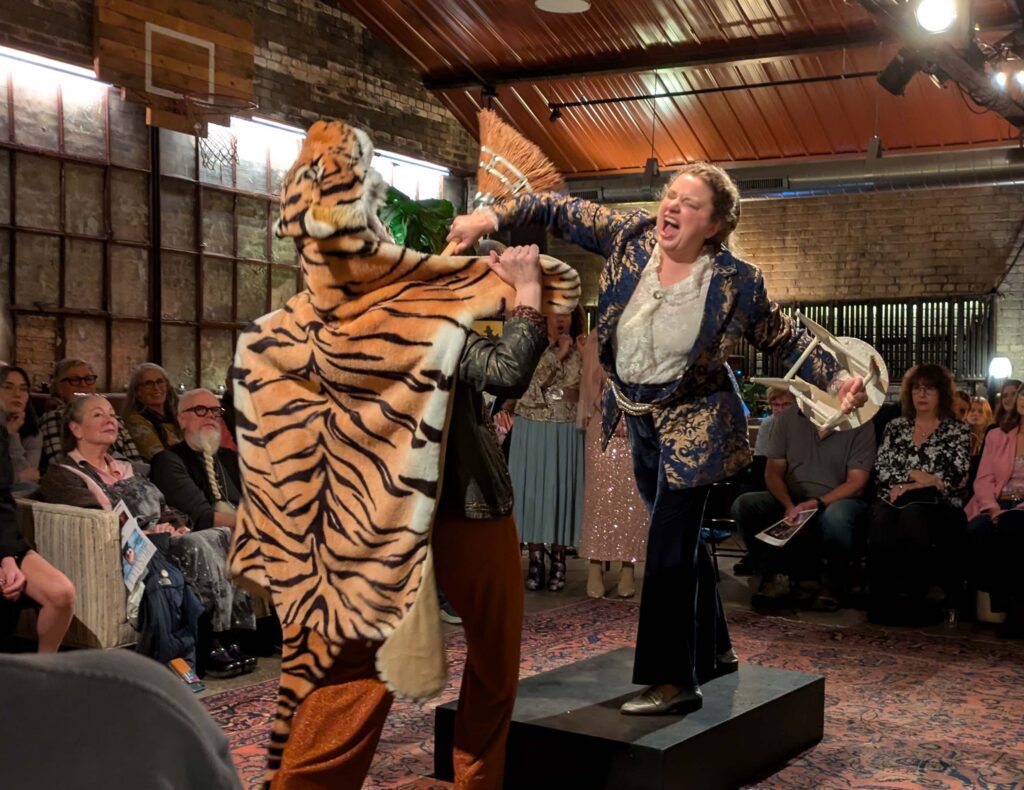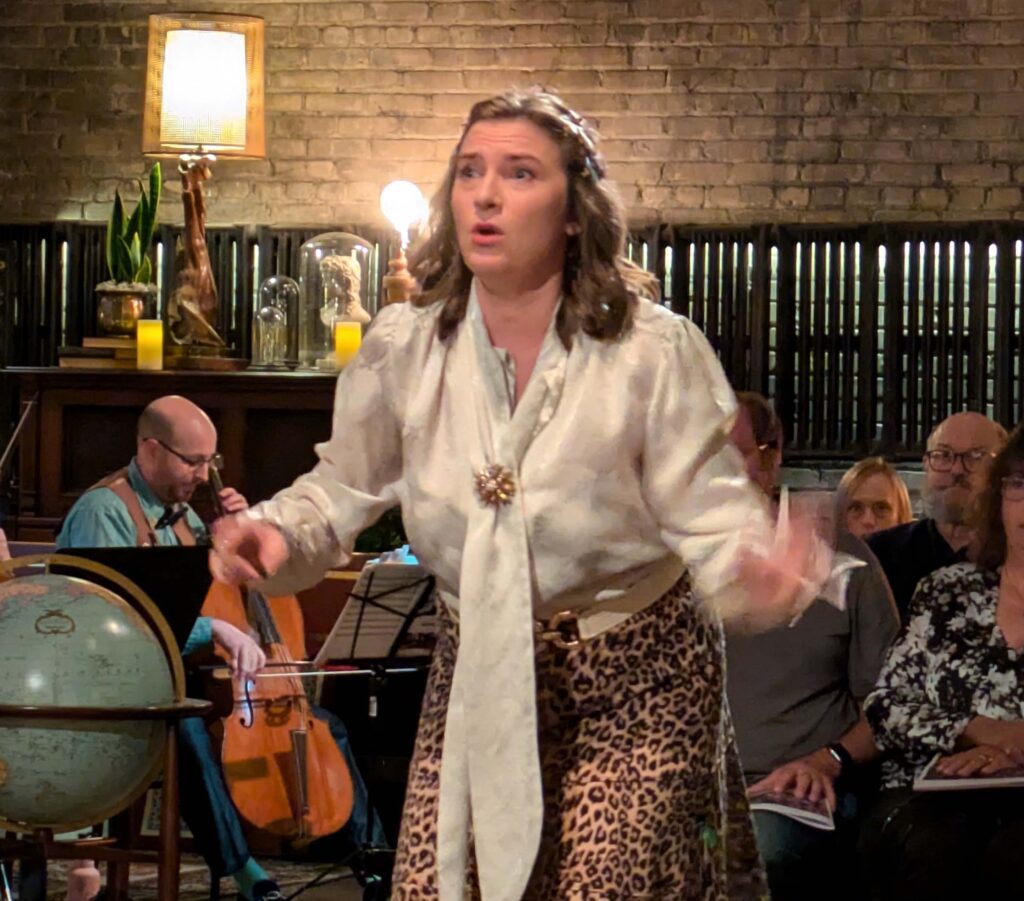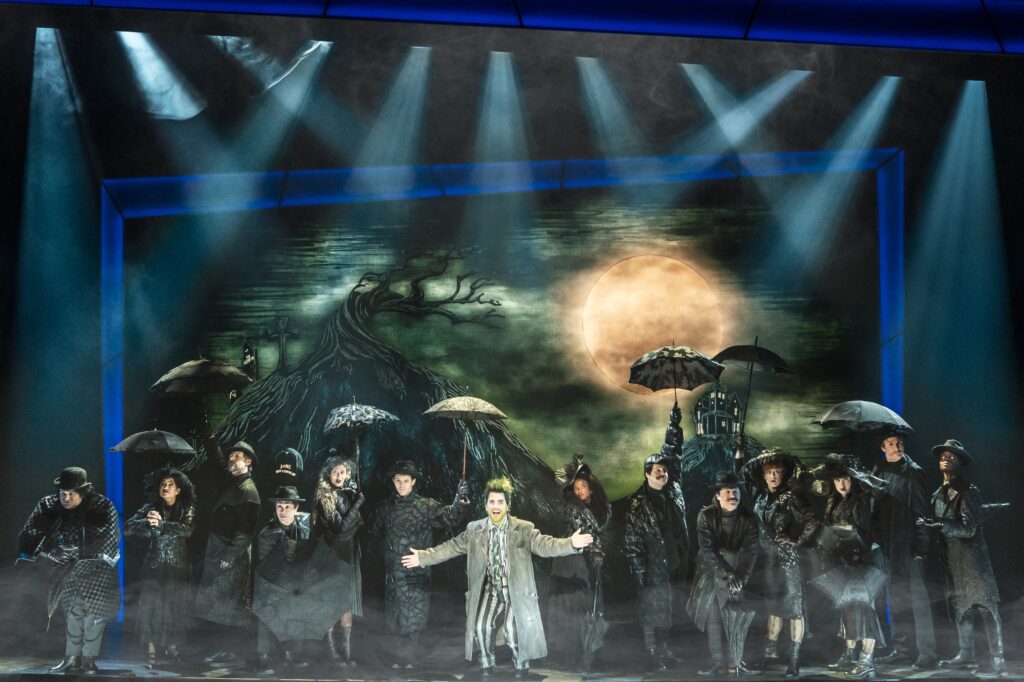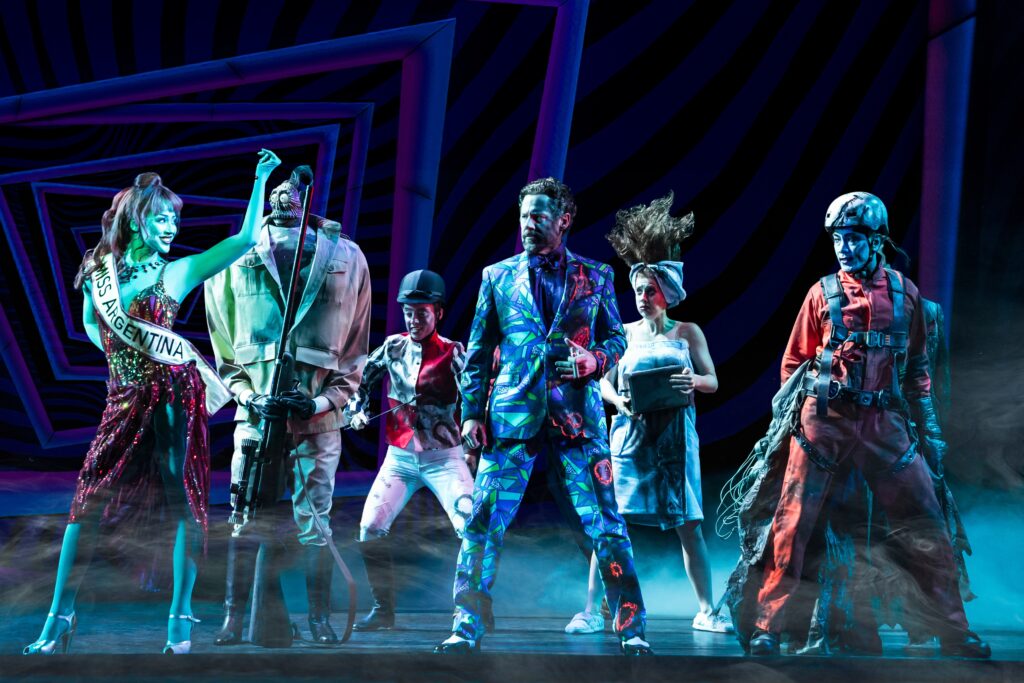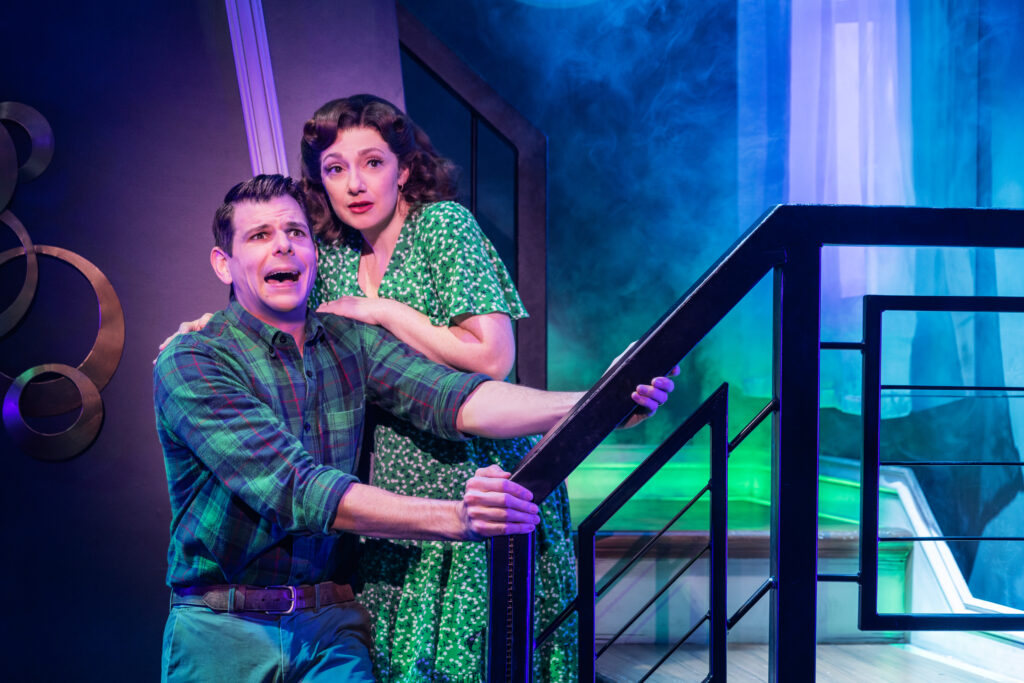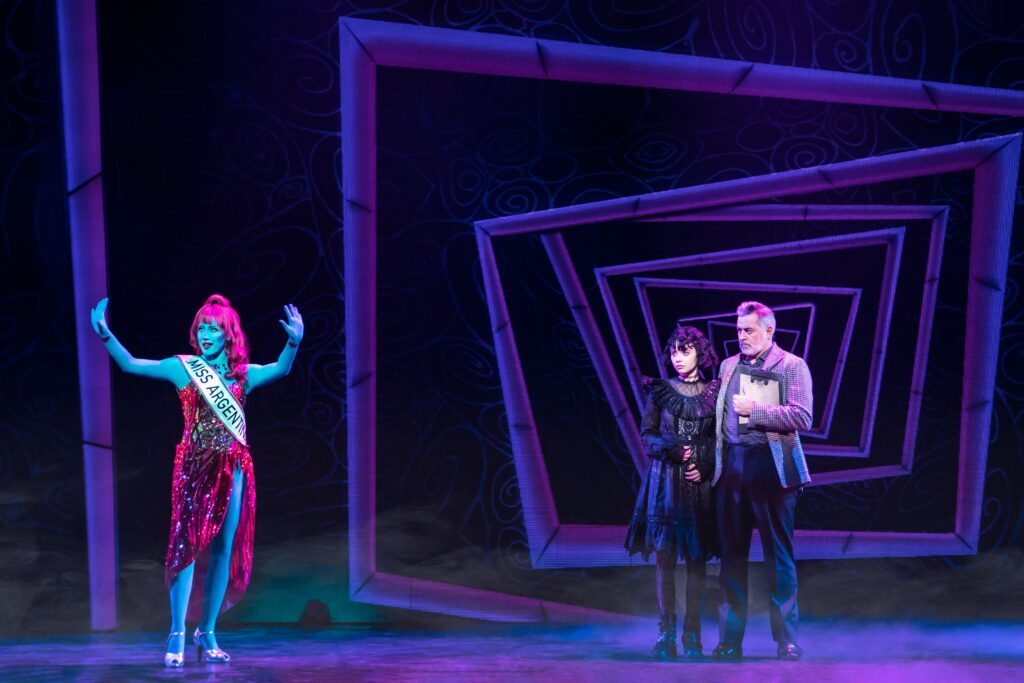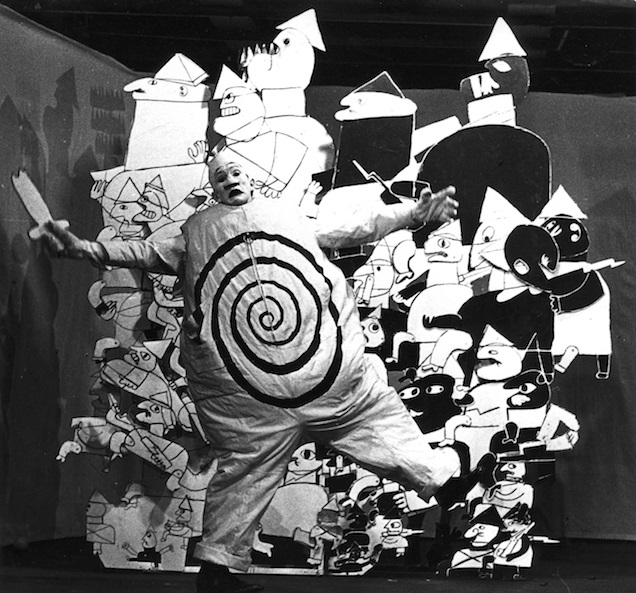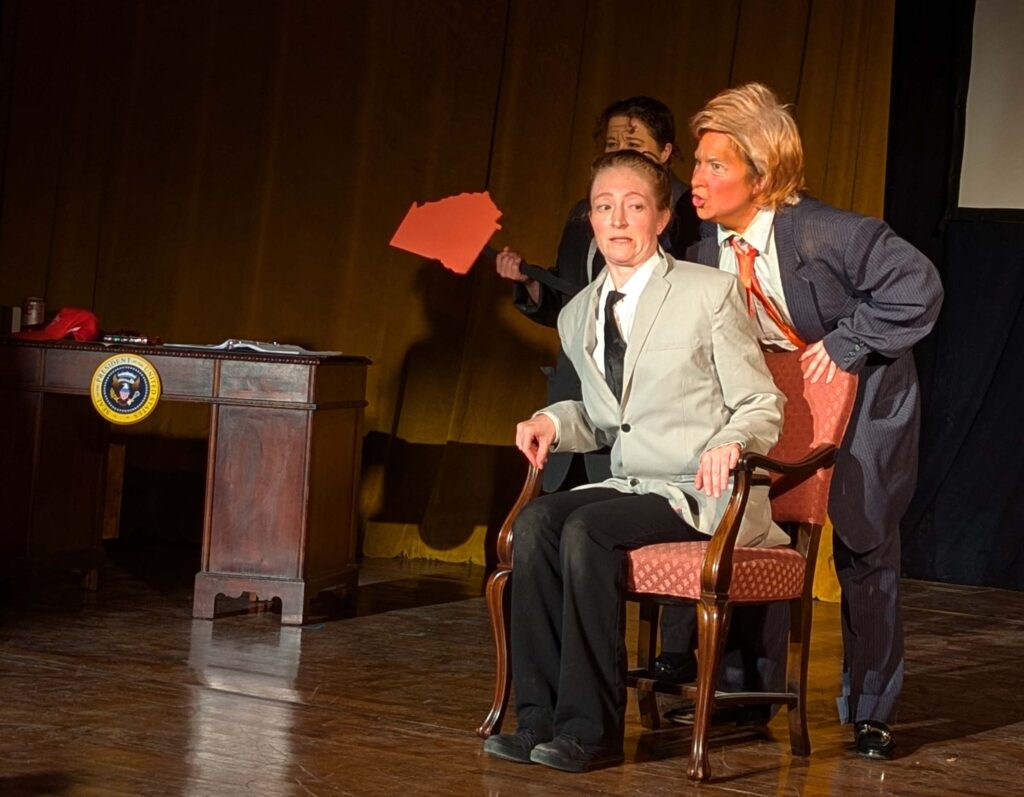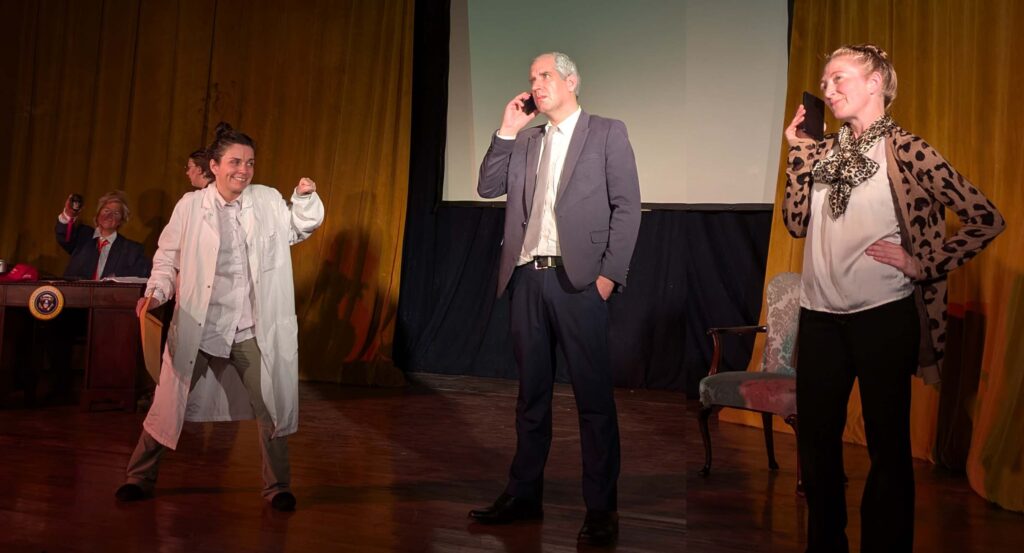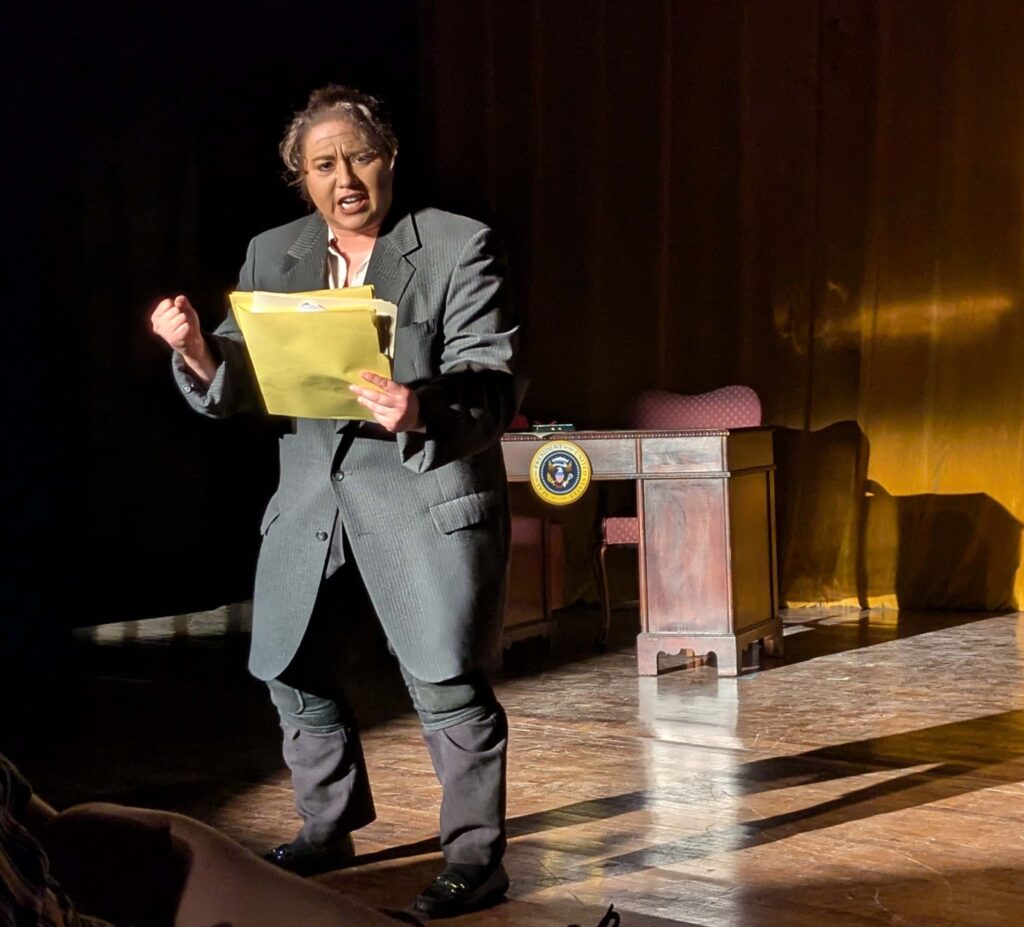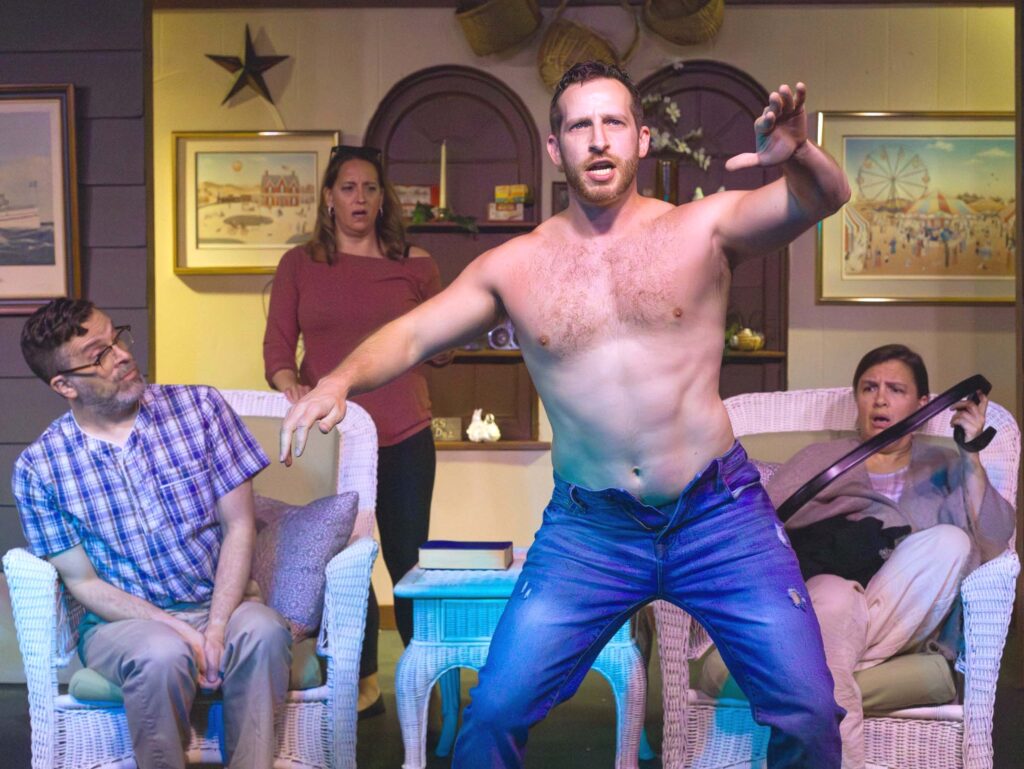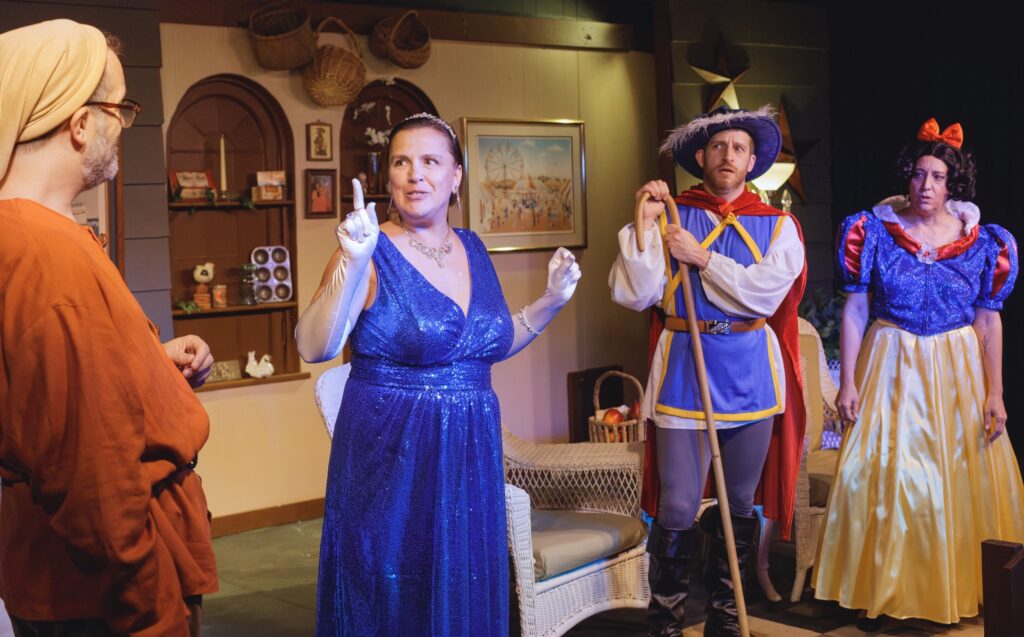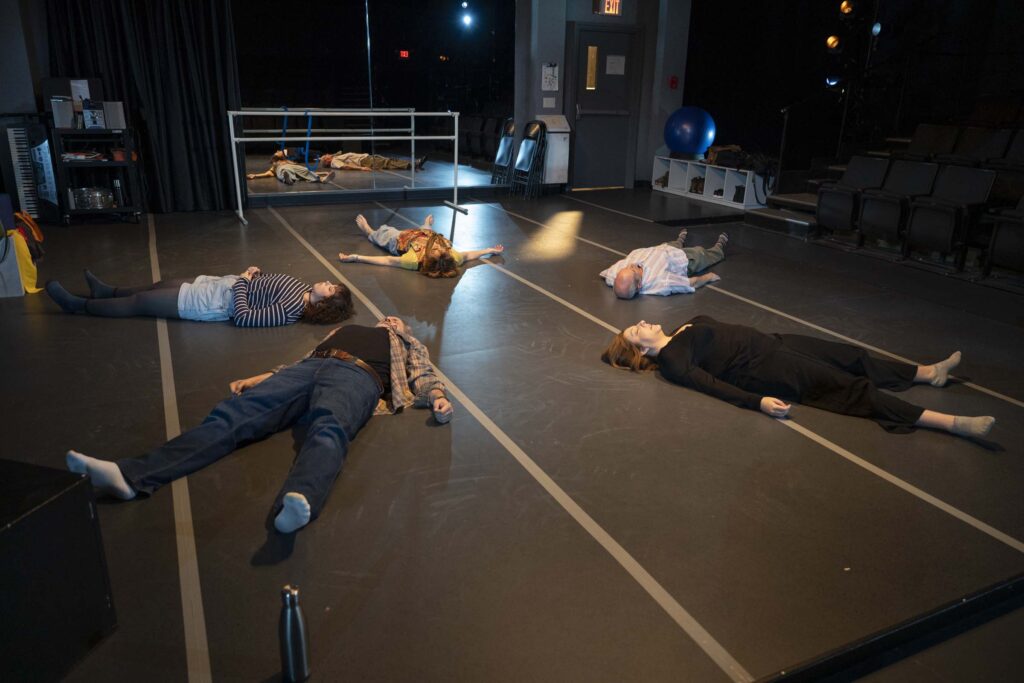
by Jeff Grygny
“When are we going to start acting?” So complains a character two thirds into Circle Mirror Transformation, currently playing at Next Act Theatre. For three weeks she’s been taking an acting class at an adult community center in a small white-bread town in Vermont, and they’ve been doing a lot of things, very few of which could be conceivably called “acting.“ It’s a question that must have been posed by countless acting students at some point in their training.
For a century, teachers like Constantin Stanislavsky, Viola Spolin, Stella Adler, and their descendants have been getting their students to lie on the floor, toss imaginary balls, talk gibberish, gaze deeply into each other’s eyes, and plumb the depths of their traumas, all in the quest for authenticity in the unnatural act of “doing private acts in public.” This is likely to interest the average theatergoer as much as the details of training to be a plumber or computer programmer. But the playwright, Pulitzer, MacArthur-winning Annie Baker uses the premise like a biologist’s microtome, slicing wafer-thin cross-sections of life and microscopically examining them in a laboratory setting. How this reveals her characters’ lives is compelling, if not revelatory.
The play pulls us into its origami-like structure. Baker breaks the action into short scenes, apparently in linear time, but with enough space and discontinuity to make them seem haiku-like, with most that is essential remaining for us, the audience, to fill in. It’s like the theatrical version of experimental artist Sol Lewitt’s “transformations,” in which he’d tear up drawings and rearrange the pieces to create something new. Here, Baker’s material is ordinary life refracted through theater games, as the students warily move in and out of their comfort zones, hiding or revealing themselves. But the transformations are also psychic: the class becomes like an alchemist’s retort, where souls are stressed, dissolved, recombined, and reassembled. Relationships form and fall apart; illusions are confronted and released.
It takes a remarkable set of actors to manifest this vision, and under the finely-calibrated direction of Cody Estle, the cast pulls it off with grace and flair. Each one of the five performers has lovely moments that show, in the subtlest of ways, what’s going on in the fictional people they’re embodying; perhaps especially when they have moments alone, often interacting with the wall-length mirror that forms the backdrop of Jeffrey D. Kmiec’s naturalistic set. Estle presents the vignettes as if they were a fastidiously-arranged Instagram page, an impression enhanced by Sound Designer Josh Schmidt’s musical interludes, which start out with fussy perfectionism and gradually blossom into resonant feeling, as the characters transform into more three-dimensional versions of themselves.
Of course, like alchemy, there’s always been a whiff of flim-flammery around actor training. There are times when Marty, the teacher, played with marvelous nuance and humor by Tami Workentin, leans so heavily into psychodrama that you wonder about her motives, and why everyone keeps coming back. There’s a genuinely harrowing sense of emotional danger in these scenes. Why would anyone do these strange, uncomfortable things? Marty gives her answer: “it’s to learn how to not second-guess yourself and the people you’re with.” Which is not a bad skill for anyone to have, show person or not.
In her production notes, Baker exhorts the actors to keep all the pauses as written, and resist the temptation to keep the action moving. L_k_ a s_n_t_nc_ w_th th_ v_w_ls m-ss_ng, you fill in the gaps and make meaning, participating in the story yourself. Estle take this idea even further adding quite long blackouts where we sit in the dark just listening to the music. The two-hour, no-intermission show could have been quite a bit shorter. But would it then have the same power to work on us?
A bountiful hybrid of realism and avant-garde, Next Act’s Circle Mirror Transformation cannily enlists us in creating its illusion of truth. It’s a fascinating exercise in realism: in the playwright’s words, “a strange little naturalistic meditation on theater and life and death and the passage of time.” It’s an extraordinary play about ordinary people in a unique situation. Afterwards you might find yourself fantasizing about enrolling in an acting class yourself—or perhaps resolving to never, ever set foot in one.
Next Act Theatre presents
Circle Mirror Transformation
by Annie Baker
playing through May 18
Want to get updates every time a new review is posted? Just send an email to:
playonmke@gmail.com
with the heading SUBSCRIBE ME
And you will be added to our contact list. Your contact information will be used for no other purpose than to give you reportage and analysis of the most cutting-edge, challenging, and inventive theater in Milwaukee!

